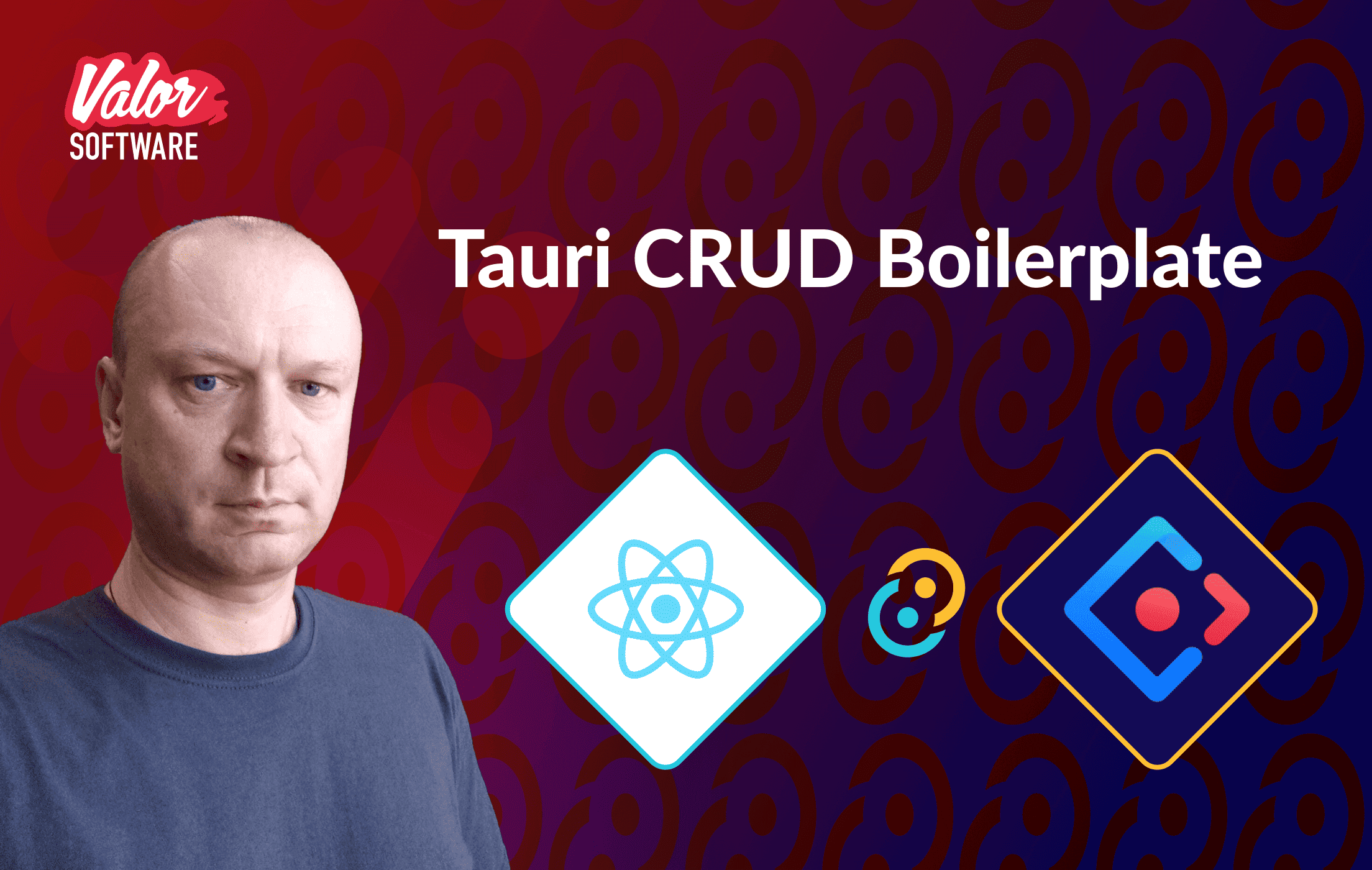This article is part of a series:
Part 1: Context of the Project, User Persona, Search for Participants.
Part 2: Preparation for the Interview, Competitors Research.
Part 3: Context of Pandemic, Transcribing, Affinity Diagraming, Report.
Part 4: Conclusion, Lessons Learned.
Hopefully, you had a chance to learn the background of the project from the previous part which we also published on Medium. There I talked about what came before the decision of incorporating user research, and how we found the audience to participate in it. Now time for a brief preparation part!
Preparation
To be ready for the contextual inquiry and user interviews, the interviewer has to know which questions to ask and what topics to discuss.
It was necessary to delve into this sphere in order to become savvier, and first of all, I identified topics for further study:
People Analytics. Data-driven approach.
Analytics, gathering data, providing gathered insights.
Dashboard structure: best practices, competitors' analysis.
Diversity and Inclusion (separately from other metrics).
What I liked a lot about Renaizant, was the constant exploring of the domain - sometimes it seemed infinite! I had joined the project when the team already had a strong knowledge base regarding delivered features (career path, grading, and banding, skill assessment, performance review), but we still had much to learn regarding upcoming features. The first big feature I was working on was the OKRs - Objectives and Key Results system of setting goals for different levels of the organization. We spent a lot of time exploring methodology (starting with John Doerr’s 'Measure What Matters'), but it is a story for another case study. The next one was the Engagement feature, which started with the idea to put the eNPS (Employee Net Promoter Score) survey in Renaizant and ended up with scaling the functionality: the ability to collect lots of other metrics (loyalty, happiness, etc.). Which also required exploring the sphere of employee engagement, surveys, and visualization of gathered metrics.
Actually, the ground we laid down while designing the Engagement feature helped a lot with the preparation stage of the Custom Dashboards/Advanced Analytics feature. We knew the direction where to search for information about data that may interest HRs and managers.
At first, I had learned about the people analytics field and became more sophisticated. Then I prepared a list of questions to discuss in the interview, but it was more like a cheat sheet because it was not a formal interview, more like a semi-formal one.
HR role

Manager role

I believe that this stage of exploring the domain is crucial for further processes. Without going deep into the theory you won’t ask the right questions - which directly affect the quality and profoundness of answers. In my case, I had to interview domain experts, which meant that we would not talk about everyday things, and my knowledge of the field needed to be profound enough to keep the conversation productive. I felt a bit nervous as it was my first study with industry experts. Previously I had conducted user interviews with an audience who was not an expert in a field we studied.
Also, I checked out our competitor’s research: explored existing solutions for dashboards and advanced analytics. We also found industry giants:
Google Analytics
HubSpot
SalesForce
MixPanel
The experience of the giants could help us with learning the best practices and common patterns used for dashboards' creation. Understanding, inheriting, and adopting - we must learn from past experiences, but be open to something new.

Conclusion and Thoughts
My first and the biggest conclusion would be that questions are the best thing you can do for the survey. Never hesitate to ask questions and learn more before taking actual actions. The conclusions will come when you have enough data about your users at hand.
I made a list of directions I needed to shed light on and a list of questions that were essential to ask. I specified topics to study and went on with my field study. Otherwise, how can one become savvier?!
OKRs which is Objectives and Key Results system of setting goals for different levels of the organization became one the most crucial features I developed. Taking to account the experience of already existing epic solutions helped me learn the best practices and common patterns that work for dashboards. So, be imaginative and look into the future grounding your vision on the past successful experiences. Good luck!




